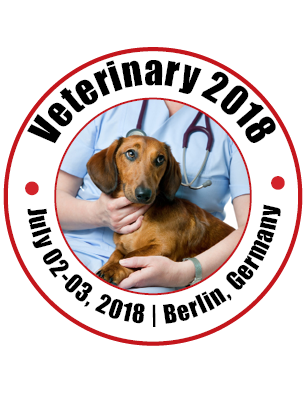Tal Raz
Hebrew University of Jerusalem, Israel
Title: Animal-friendly alternatives to surgical castration, tail docking and teeth clipping significantly improve piglets' production and welfare
Biography
Biography: Tal Raz
Abstract
Background: In most countries around the world, piglets routinely undergo a set of invasive procedures during the first days of their lives, which commonly includes tail docking, teeth clipping and surgical castration However, each of these procedures involves a degree of tissue damage potentially resulting in pain and stress, which may have negative short and long term effects on the piglet’s health, welfare and production measurements. Our objective was to examine production and welfare parameters of pigs from birth to slaughter under different managements, by avoiding these procedures, while providing alternatives such as anti-GnRH vaccine and environmental enrichment.
Study Design & Methodology: Litters (n=32 sows; 329 piglets; 3 days after farrowing) were allocated randomly into one of four groups; G1: surgical castration, tail docking and teeth clipping, without environmental enrichment; G2: same as G1, but meaningful environmental enrichment was provided; G3: non-surgical sterilization with anti-GnRH vaccine (Improvac®), tail docking, teeth clipping, with environmental enrichment; G4: none of the invasive procedures were performed, piglet were vaccinated (Improvac®) and environmental enrichment was provided.
Results: Mixed-effects linear regression model revealed that slaughter weight significantly increased when invasive procedures were avoided and environmental enrichment was provided. Weight interval from birth to slaughter was higher in G4 (G1:992±107, G2:999±14, G3:1036±158, G4:1065±16 Kg; P<005). The odds ratio to be weak, dead or injured in the conventional, non-enriched G1, was 89% higher than in G4 (P<005) Hair cortisol at weaning, as a marker for chronic stress during lactation, decreased gradually as management becomes welfare friendlier (-366 pg/mg for each step group, G1→G2→G3→G4; P<005). Anti-GnRH vaccine was effective in reducing serum and hair testosterone, similar to surgical castration. In conclusion, replacing surgical castration by anti-GnRH vaccine, avoiding teeth clipping and tail docking and providing environmental enrichment are better alternatives that would substantially benefit both the animals and farmers.

